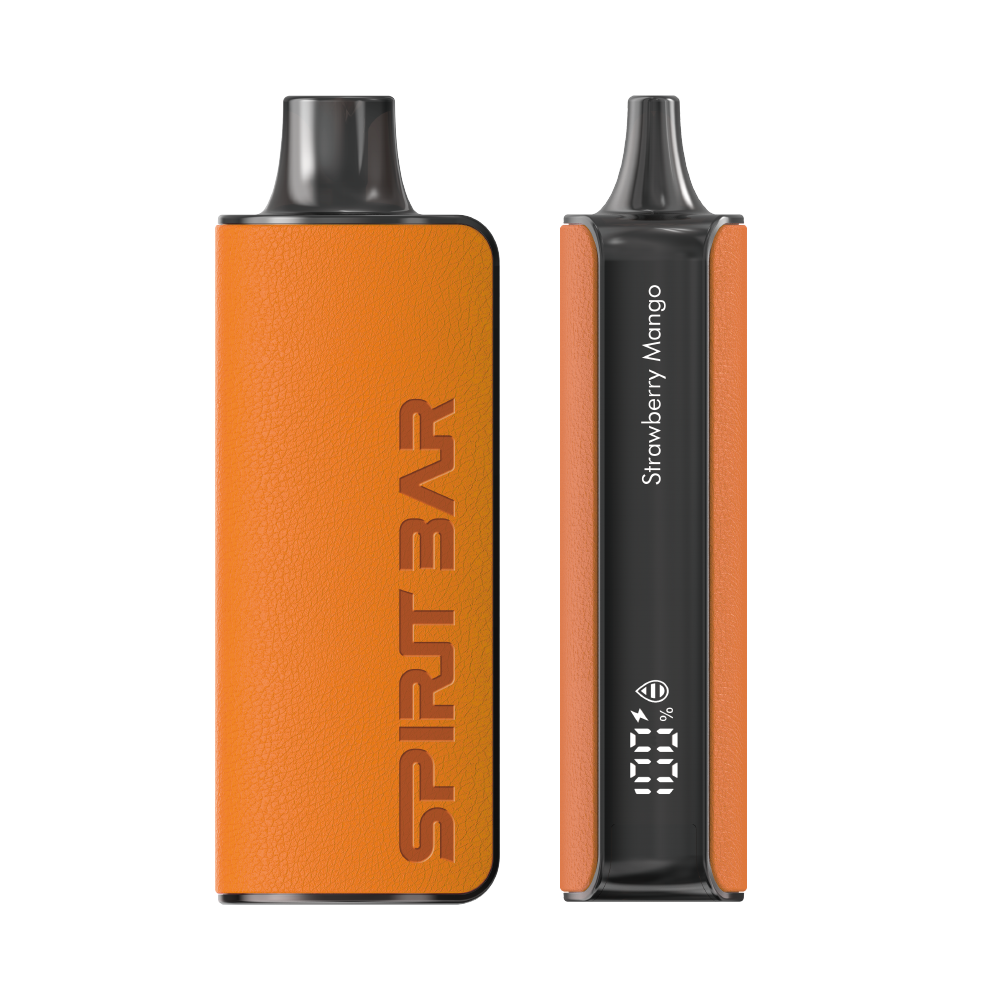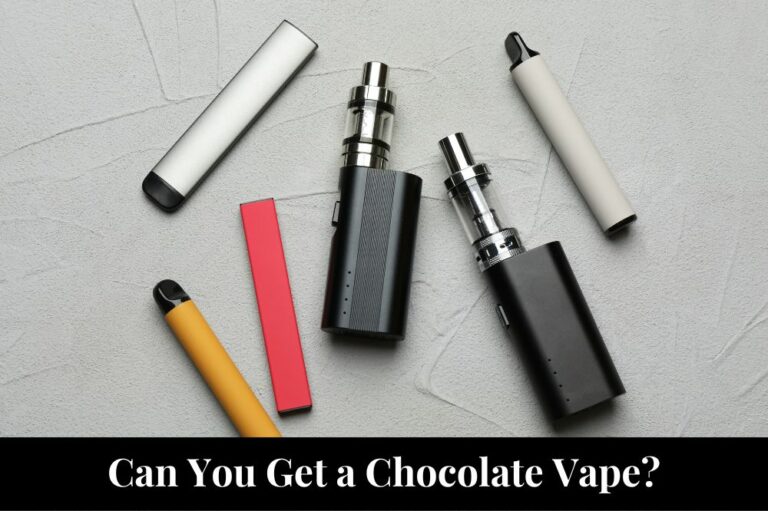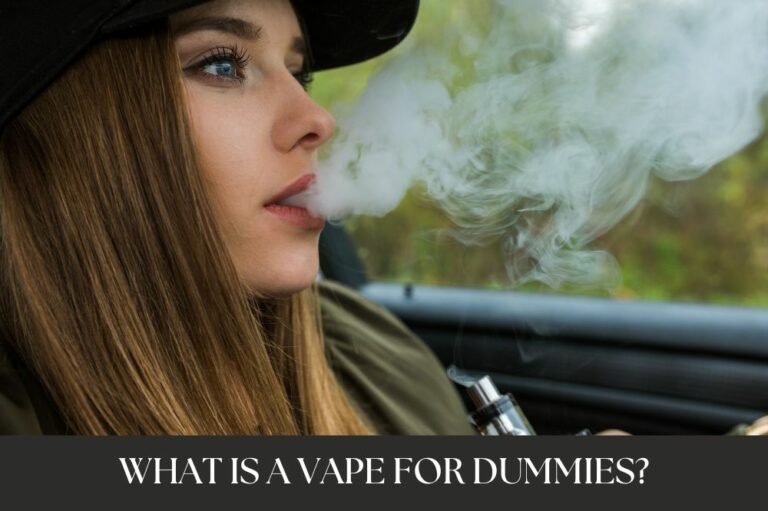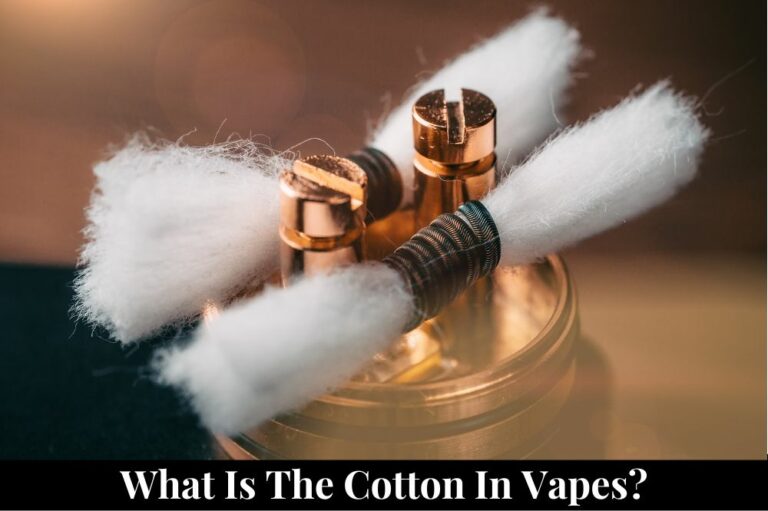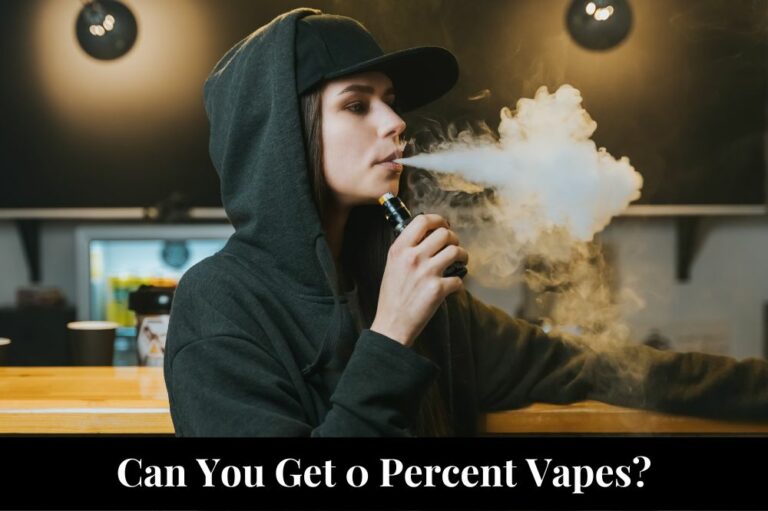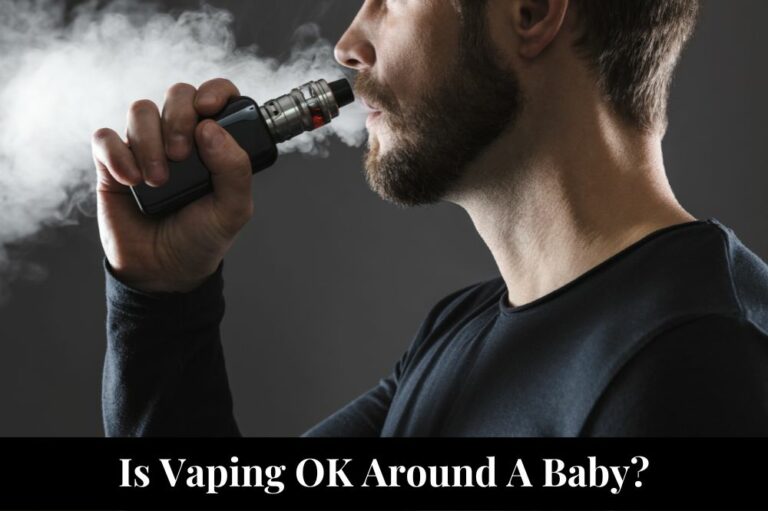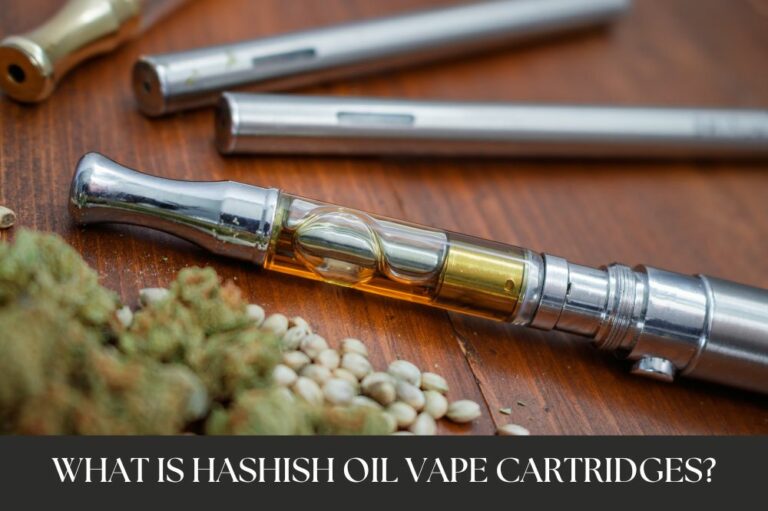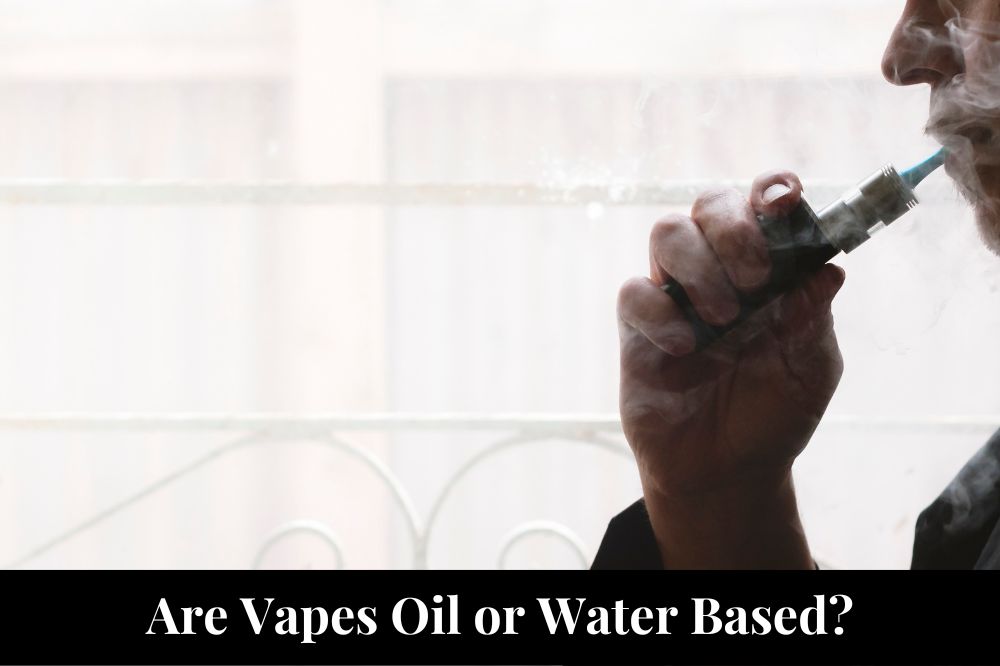
If you’re new to vaping, you might be wondering whether e-liquids are oil or water based. The answer is not straightforward, as there are different types of e-liquids with varying compositions. However, the most common e-liquids contain either propylene glycol (PG) or vegetable glycerin (VG), or a combination of both.
PG-based e-liquids are more common and have a thinner consistency than VG-based ones. They are also less likely to leave residue in your vape pen and are easier to clean. VG-based e-liquids, on the other hand, are thicker and may produce denser vapor clouds. Some people prefer VG-based e-liquids because they are perceived to be smoother and less harsh on the throat. However, they may also require more frequent cleaning due to their thicker consistency.
Understanding Vapes
Vaping has become a popular alternative to smoking in recent years, but many people are still unsure of what vapes are and how they work. In this section, we’ll explore the basics of vapes, including what they are and the components that make up a vape.
What are Vapes?
Vapes, also known as e-cigarettes or electronic nicotine delivery systems (ENDS), are battery-operated devices that people use to inhale aerosol that typically contains nicotine, but not always. Unlike traditional cigarettes, vapes do not burn tobacco. Instead, they heat a liquid, called e-juice or vape juice, that is then turned into an aerosol that is inhaled by the user.
Components of Vapes
Vapes are made up of several components, each of which plays an important role in the vaping experience. Here are the main components of a vape:
SPIRITBAR Katana BP10000
- Slender, leather-textured body reminiscent of a katana handle for an authentic samurai feel
- Unique samurai-inspired e-liquid flavor - fruity yet not too sweet, with a luxurious, elegant aroma
- Powerful 650mAh rechargeable battery for extended vaping time
- Large 18ml e-liquid capacity and 10,000 puff capacity
- Advanced mesh coil and e-liquid & power display screens for optimal vaping experience
The special juice captures the essence of the samurai spirit with its rich, smoothly pulsating flavor that brings new satisfaction with every puff. The device's slender, leather-textured design evokes the grip of a samurai's katana, making this product a perfect choice for beginner vapors.
- Battery: The battery is the power source for the vape. It provides the energy needed to heat the coil and turn the e-juice into an aerosol.
- Tank: The tank is the part of the vape that holds the e-juice. It is typically made of glass or plastic and is refillable.
- Coil: The coil is a small heating element that is responsible for heating the e-juice and turning it into an aerosol.
- Wick: The wick is a small piece of material, usually cotton, that is used to absorb the e-juice and bring it to the coil.
- E-juice: E-juice, also known as vape juice or e-liquid, is the liquid that is heated by the coil to create the aerosol. It typically contains a base, flavorings, and nicotine.
There are two primary bases used for e-juice: propylene glycol (PG) and vegetable glycerin (VG). PG is a thin, flavorless liquid that produces a strong throat hit and carries flavor well. VG is a thicker, sweeter liquid that produces more vapor and is smoother on the throat. Some e-juices contain a combination of both PG and VG.
In conclusion, vapes are a popular alternative to smoking that work by heating a liquid, called e-juice, to create an aerosol that is inhaled by the user. Vapes are made up of several components, including a battery, tank, coil, wick, and e-juice. Understanding these components is essential for anyone interested in vaping.
Vape Liquids
When it comes to vape liquids, there are two main types: oil-based and water-based. Each type has its own unique characteristics and advantages. In this section, we’ll take a closer look at the differences between oil-based and water-based vapes.
SPIRITBAR Jack’s Flask 9000 Puffs
- Stylish pirate flask-shaped body providing an exciting vaping experience
- Delivering up to 9000 puffs per device
- 20ml e-liquid capacity with 50mg nicotine strength for satisfying throat hit
- Specialized pirate-themed e-juice flavors for rich, swirling taste
- Premium mesh coil optimizes flavor profile for maximum vaping enjoyment
This disposable vape captures the daring spirit of the high seas with its flask styling and signature pirate e-juice flavors. The extraordinary battery life provides 9000 indulgent puffs for extended vaping pleasure. Live boldly and freely with the Jack's Flask - a legendary vaping experience fit for a pirate's adventures.
Oil-Based Vapes
Oil-based vapes, also known as e-juice or e-liquid, are made by mixing a base (usually propylene glycol or vegetable glycerin), flavorings, and sometimes nicotine. These liquids are designed to be heated by the vape device to produce a vapor that is inhaled by the user.
One of the advantages of oil-based vapes is that they tend to produce thicker, more flavorful vapor than their water-based counterparts. Additionally, because oil-based vapes are denser, they often require less frequent refilling.
However, there are some potential drawbacks to oil-based vapes. Because they are thicker, they can be more difficult to clean and can clog up vape devices more easily. Additionally, some people may be sensitive to the propylene glycol or vegetable glycerin used as a base in oil-based vapes.
Water-Based Vapes
Water-based vapes, also known as e-cigarettes, use a solution of water, flavorings, and sometimes nicotine. These liquids are designed to be heated by the vape device to produce a vapor that is inhaled by the user.
One of the advantages of water-based vapes is that they tend to be less harsh on the throat and lungs than oil-based vapes. Additionally, because they are thinner, they are typically easier to clean and less likely to clog up vape devices.
However, there are some potential drawbacks to water-based vapes. Because they are thinner, they may require more frequent refilling than oil-based vapes. Additionally, because they are less dense, they may produce less flavorful vapor than their oil-based counterparts.
In summary, both oil-based and water-based vapes have their own unique advantages and disadvantages. Ultimately, the choice between the two will depend on your personal preferences and vaping needs.
SPIRITBAR Katana BP10000
- Slender, leather-textured body reminiscent of a katana handle for an authentic samurai feel
- Unique samurai-inspired e-liquid flavor - fruity yet not too sweet, with a luxurious, elegant aroma
- Powerful 650mAh rechargeable battery for extended vaping time
- Large 18ml e-liquid capacity and 10,000 puff capacity
- Advanced mesh coil and e-liquid & power display screens for optimal vaping experience
The special juice captures the essence of the samurai spirit with its rich, smoothly pulsating flavor that brings new satisfaction with every puff. The device's slender, leather-textured design evokes the grip of a samurai's katana, making this product a perfect choice for beginner vapors.
Pros and Cons
When it comes to vaping, there are both benefits and drawbacks to using oil-based and water-based vapes. Let’s take a closer look at each.
Benefits of Oil-Based Vapes
Oil-based vapes tend to produce thicker, more flavorful vapor. They also tend to be more potent, meaning you may need to use less of the product to achieve the desired effect. Additionally, oil-based vapes can be more versatile, as they can be used with a wider range of cartridges and tanks.
Drawbacks of Oil-Based Vapes
One of the main drawbacks of oil-based vapes is that they can be more difficult to clean and maintain. They can also be more prone to clogging, which can affect the quality of the vapor. Additionally, some oil-based vapes may contain additives or thinning agents that can be harmful when heated and inhaled.
Benefits of Water-Based Vapes
Water-based vapes tend to be milder and smoother, making them a good option for those who are new to vaping or who prefer a less intense experience. They also tend to be more hydrating, as the vapor contains water molecules that can help to moisturize the throat and lungs. Additionally, water-based vapes are generally easier to clean and maintain.
Drawbacks of Water-Based Vapes
One of the main drawbacks of water-based vapes is that they may not produce as much vapor as oil-based vapes. They may also be less potent, meaning you may need to use more of the product to achieve the desired effect. Additionally, water-based vapes may not be as versatile, as they may not be compatible with all types of cartridges and tanks.
Overall, the choice between oil-based and water-based vapes comes down to personal preference and individual needs. It’s important to do your research and choose a product that is safe, high-quality, and meets your specific vaping needs.
Health Implications
When it comes to vaping, the type of vape you use can have an impact on your health. Here are some of the potential health implications of using oil-based and water-based vapes.
Effects of Oil-Based Vapes
Oil-based vapes, also known as e-liquids, are made by mixing nicotine, flavorings, and other chemicals with a base of propylene glycol (PG) and/or vegetable glycerin (VG). These vapes have been associated with a number of health risks, including:
- Respiratory issues: Oil-based vapes can cause irritation and inflammation in the lungs, leading to coughing, wheezing, and shortness of breath.
- Lipoid pneumonia: Inhaling oil-based vapes can lead to a rare form of pneumonia called lipoid pneumonia, which occurs when oil particles enter the lungs and cause inflammation.
- Chemical exposure: Oil-based vapes can contain a variety of chemicals, including diacetyl, which has been linked to a serious lung disease called bronchiolitis obliterans.
Effects of Water-Based Vapes
Water-based vapes, also known as dry herb vaporizers, work by heating up dried herbs or flowers to create a vapor that can be inhaled. These vapes are generally considered to be safer than oil-based vapes, as they don’t contain the same harmful chemicals. However, they can still have some health implications, including:
- Respiratory issues: Inhaling any type of vapor can irritate the lungs and cause respiratory issues, especially if you have underlying lung conditions.
- Exposure to toxins: While water-based vapes don’t contain the same harmful chemicals as oil-based vapes, they can still expose you to toxins if the herbs or flowers you’re using have been treated with pesticides or other chemicals.
Overall, while water-based vapes may be a safer alternative to oil-based vapes, it’s important to be aware of the potential health risks associated with vaping in general. If you’re considering vaping, it’s a good idea to talk to your doctor about the potential risks and benefits, and to make an informed decision based on your own health and lifestyle.
Legal and Safety Considerations
When it comes to vaping, there are some legal and safety considerations that you should keep in mind. First and foremost, it is important to note that the laws and regulations surrounding vaping can vary from state to state and country to country. For example, in some places, it is illegal to vape in public places or near certain buildings.
Additionally, it is important to be aware of the potential health risks associated with vaping. While some studies suggest that vaping may be a safer alternative to smoking, there is still much that is not known about the long-term effects of vaping on the body. Moreover, some studies have suggested that vaping can still have negative impacts on respiratory health, even if it is less harmful than smoking.
If you are considering vaping, it is important to do your research and to make sure that you are using safe and reputable products. This means purchasing vaping products from a trusted source and avoiding counterfeit or low-quality products that may contain harmful substances.
Finally, it is worth noting that some employers and schools have policies in place that prohibit vaping on their premises. If you are unsure about the policies in your workplace or school, it is always a good idea to check with your employer or school administration before vaping on their property.
Overall, while vaping may be a safer alternative to smoking for some people, it is important to be aware of the potential legal and health risks associated with this activity. By doing your research and using safe and reputable products, you can help to minimize these risks and enjoy vaping in a safe and responsible way.

